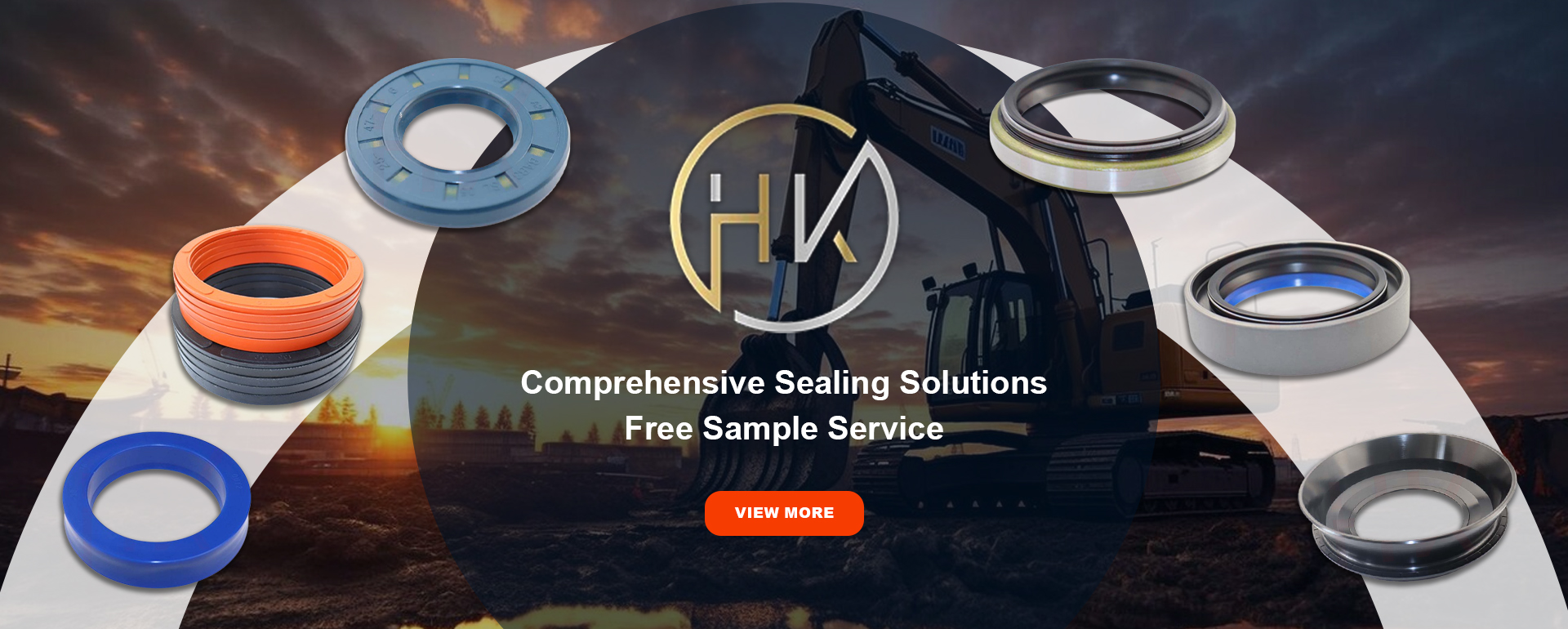ธ.ค. . 01, 2024 17:24 Back to list
Effective Sealing Solutions for Hydraulic Motors to Enhance Performance and Longevity
Understanding Hydraulic Motor Seals Essential Components in Fluid Power Systems
Hydraulic motors are crucial components in various industrial applications, where they convert hydraulic energy into mechanical energy to perform work. As with any machinery involving high-pressure fluids, the effectiveness and longevity of hydraulic motors depend significantly on the reliability of their seals. Hydraulic motor seals serve as barriers that prevent fluid leaks, ensure operational efficiency, and maintain the integrity of the entire hydraulic system.
The Role of Hydraulic Motor Seals
The primary purpose of hydraulic seals is to contain hydraulic fluid within the motor while preventing leakage to the outside. This is essential because any loss of hydraulic fluid can lead to decreased performance, increased operational costs, and potential environmental hazards. Additionally, effective sealing helps to maintain pressure levels within the system, ensuring that the motor operates at its peak efficiency.
Hydraulic motor seals also play a pivotal role in protecting internal components from contamination. Dust, dirt, and other particulates can severely impact the performance and reliability of hydraulic systems. By providing a barrier against external contaminants, seals help extend the life of the hydraulic motor and reduce the need for frequent maintenance.
Types of Hydraulic Motor Seals
Various types of hydraulic seals are employed in hydraulic motors, each designed to meet specific requirements. Some common types include
1. O-Rings O-rings are one of the most widely used seals in hydraulic applications. Their circular shape allows them to create a tight seal when compressed in a groove. O-rings are made from various materials, such as nitrile, polyurethane, and fluorocarbon, to suit different operating conditions.
2. Lip Seals Also known as radial seals, lip seals consist of a flexible lip that presses against the shaft or casing. These seals are effective in preventing leaks and can accommodate some shaft misalignment. They are often used in applications where shafts rotate through the seal.
3. U-Cups U-cup seals have a unique design that resembles a U. They are particularly effective in bidirectional sealing applications and can provide a strong seal under various pressures. U-cups are commonly used in piston applications within hydraulic motors.
hydraulic motor seals

4. Backup Rings While not seals in themselves, backup rings are often used in conjunction with O-rings or U-cups to prevent extrusion under high-pressure conditions. They reinforce the seal and help maintain its integrity over time.
Importance of Material Selection
The effectiveness of hydraulic motor seals largely depends on the materials used in their construction. The selected material must be compatible with the hydraulic fluid to prevent chemical degradation. Additionally, it should be able to withstand the operating temperature and pressure conditions of the hydraulic system.
Common materials for hydraulic motor seals include
- Nitrile (Buna-N) Known for its excellent resistance to petroleum-based fluids, nitrile is a popular choice for many hydraulic applications. However, it may not be suitable for use with certain chemicals or high-temperature environments.
- Polyurethane This material offers superior abrasion resistance and is often used in high-pressure applications. Polyurethane seals can maintain their flexibility over a wider temperature range.
- Fluorocarbon (Viton) For applications involving aggressive chemicals or high temperatures, fluorocarbon seals provide excellent resistance. They are particularly useful in aerospace and automotive applications where performance is critical.
Maintenance and Replacement
Regular inspection and maintenance of hydraulic motor seals are vital for ensuring optimal performance and longevity. Signs of wear, such as fluid leakage or reduced efficiency, indicate that seals may need to be replaced. Timely replacement not only prevents catastrophic failures but also minimizes downtime and maintenance costs.
In conclusion, hydraulic motor seals are indispensable components in fluid power systems. They ensure the efficient operation of hydraulic motors by preventing leaks, protecting against contamination, and maintaining system integrity. Understanding the types of seals available, their materials, and the importance of regular maintenance can significantly enhance the performance and lifespan of hydraulic motors, leading to more efficient and reliable operations in various industrial applications.
-
TCN Oil Seal Metal Ring Reinforcement for Heavy Machinery
NewsJul.25,2025
-
Rotary Lip Seal Spring-Loaded Design for High-Speed Applications
NewsJul.25,2025
-
Hydraulic Cylinder Seals Polyurethane Material for High-Impact Jobs
NewsJul.25,2025
-
High Pressure Oil Seal Polyurethane Coating Wear Resistance
NewsJul.25,2025
-
Dust Proof Seal Double Lip Design for Construction Equipment
NewsJul.25,2025
-
Hub Seal Polyurethane Wear Resistance in Agricultural Vehicles
NewsJul.25,2025
-
The Trans-formative Journey of Wheel Hub Oil Seals
NewsJun.06,2025
Products categories
















